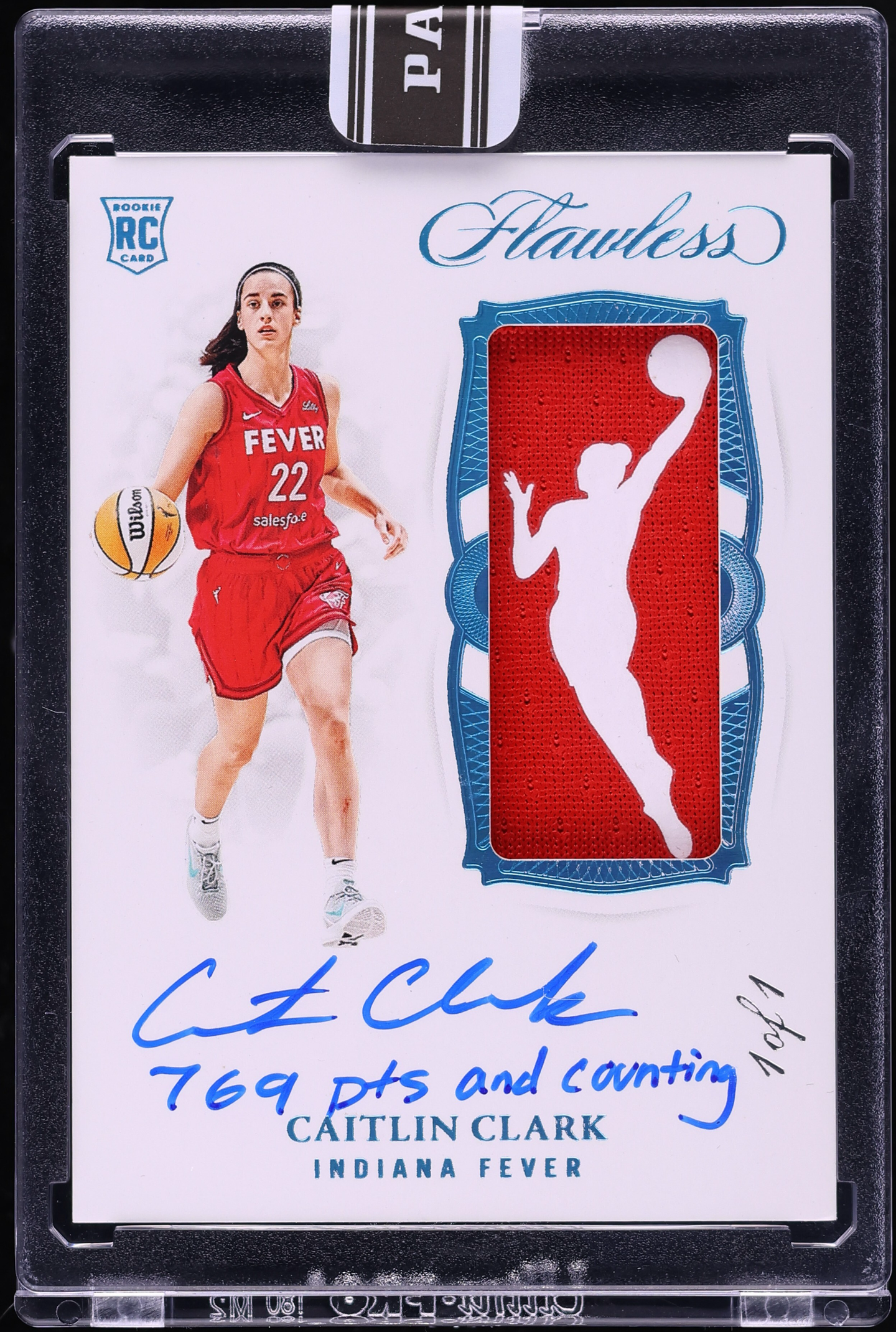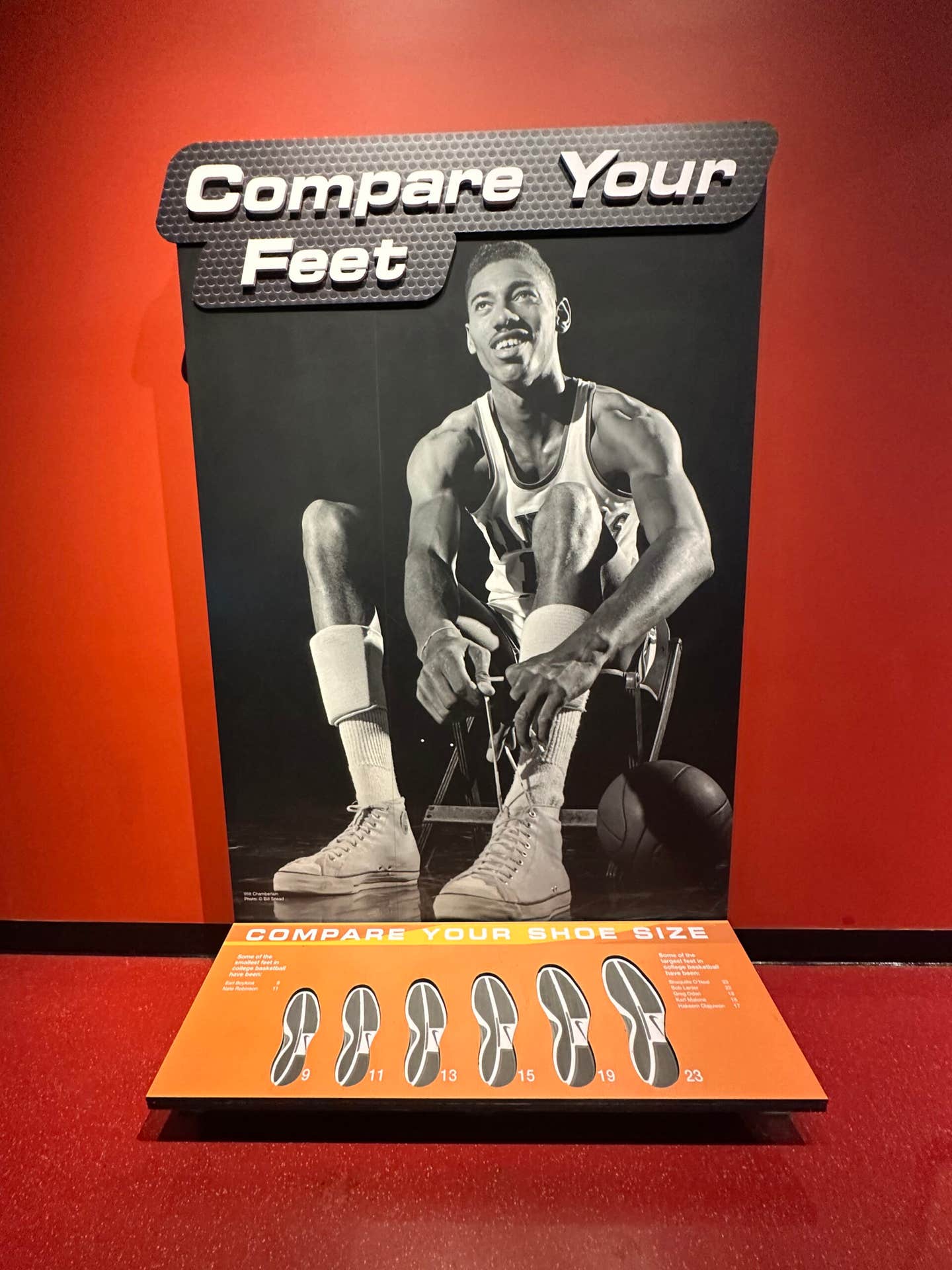News
Japanese Baseball HOF has American ties
Tokyo: Call it the Cooperstown of Japan. After all, it is in the heart of Tokyo where the Japanese Baseball Hall of Fame and Museum is found, nestled into the side of the Tokyo Dome, home of the Yomiuri Giants. It is also said to be the birthplace of baseball in Japan. Credit for introducing the game goes to an American English professor from Maine named Horace Wilson, who in 1872 presented it to students at what is now Tokyo University. As the story goes, Wilson, who had been hired by the government to help in the modernization of the Japanese education system, decided the students needed more physical exercise, and Japanese baseball was born.
The Hall of Fame in Tokyo not only portrays the history of baseball in Japan since Wilson’s time but also makes evident the links it has had over the years to professional baseball in the States.
The museum starts with the modern scene in a room featuring uniforms and memorabilia of the 12 professional teams of the Central League and Pacific League, including the Hanshin Tigers, Chunichi Dragons, and Shohei Ohtani’s former club the Hokkaido Nippon-Ham Fighters (each team name includes the company of ownership). The Tigers have a cool logo with a snarling tiger face in a circle, reminiscent of the one the baseball team in Detroit left behind after 1993. The blue and white Dragons uniform was based on the elegant threads of the Brooklyn Dodgers.
The orange and black Yomiuri Giants uniform closely resembles that of another club of the same name in San Francisco. The original moniker of the Yomiuri Giants, assembled in 1934, was, translated, the Great Japan Tokyo Baseball Club. In 1935, while touring the United States, they picked up the Giants nickname at the suggestion of former New York Giant Frank “Lefty” O’Doul.
O’Doul lent a helping hand to the game in Japan both before and after World War II, making several visits with purposes like promoting baseball, teaching skills, and fostering relationships. O’Doul’s devotion to Japan was appreciated, so much so that he was given a place in the Hall in Tokyo. The English translation of his plaque reads, “From the first time he came to Japan in 1931, he helped improve baseball in Japan. He was an incentive to the birth of current pro baseball (1936) and in 1949 he took his S.F. Seals [the minor league team O’Doul managed] to the war-torn Japan as goodwill ambassador.”
A room of major league memorabilia includes items like bats of Jackie Robinson and Hank Aaron, Ken Griffey Jr.’s Seattle Mariners hat, past tickets to various major league visits to Japan, and a poster heralding an upcoming visit from a certain American big leaguer featuring a large face that is unmistakably that of the Great Bambino. American teams made several visits to Japan throughout the 20th century, including a 1931 tour by an All-America team that included Lou Gehrig and O’Doul, but according to the 15-page English language guide available at the museum entrance, “Most memorable of these was an All-America team that came over in 1934 which included such baseball greats as Babe Ruth and Lou Gehrig. This visit did much to encourage the start of professional baseball in Japan.”
The 1934 All-America team played against an All-Japan team put together by Matsutaro Shoriki, president of the Yomiuri Shimbun newspaper. Shoriki, referred to as the father of professional baseball in Japan on his Hall of Fame plaque, was also the one who invited the All-Americans to visit in both 1931 and 1934. Besides Ruth and Gehrig, the 1934 American team included the likes of Jimmy Foxx, Charlie Gehringer, Earl Averill, and Lefty Gomez. The team was led by Connie Mack. O’Doul, who helped assemble the squad, assisted as a coach. The fact that the Bambino and company won all 16 contests did not dampen enthusiasm for the game in Japan. The All-Japan team soon turned into the Yomiuri Giants. The Hanshin Tigers formed soon after, and since then the ongoing rivalry between the Giants and Tigers has been compared to that of the Yankees and Red Sox.
Top pitchers in Japan these days are given the Sawamura Award rather than the Cy Young, and pitching against the 1934 All-America team was the namesake of that prize, Eiji Sawamura. At 17 years of age, Sawamura struck out Gehringer, Ruth, Gerhig, and Foxx in succession. Connie Mack was interested in making the young pitcher the first Japanese major leaguer, but Sawamura declined. Instead, he remained in Tokyo with the Giants and soon went to fight in World War II. Ten years after he faced off against Babe Ruth, Sawamura went down with a ship sunk by a torpedo.
A card set from 1949 was being shown at the museum that includes another renowned pitcher in Japanese baseball history, a blue-eyed fellow from Russia named Victor Starffin. Young Victor moved to Japan with his parents after the family was uprooted by the Russian Revolution. The Starffin family found a home in snowy Hokkaido, Japan’s northern island, where Victor grew up to be a baseball standout. Victor got his feet wet as a professional in 1934 against the All-America team. The tour was well underway by the time Starffin joined in, but he was able to sneak in one late-inning relief appearance before it was over, getting Gehringer to ground out, then walking Ruth and Gehrig before settling down to retire the side. The translation of Starffin’s plaque reads, “Successor of Sawamura in the first heyday of the Tokyo Giants in pre-war pro baseball. Won 42 games in 1939. After the War, the White Russian played in the Pacific League, becoming the first 300 [game] winner in 1955.”
Another remarkable story is that of Kaname “Wally” Yonamine, who at the suggestion of O’Doul signed with the Yomiuri Giants at a time Americans were not yet joining professional teams in Japan following the war. Wally Yonamine was born in Hawaii to Japanese parents. He played for the Giants from 1951 to 1960 before wrapping up his playing career with the Dragons in Nagoya. He later became manager of the Dragons. Previous to all this, Yonamine was a running back for the San Francisco 49ers for a season, in 1947, and after joining the Giants he became known for his hard-nosed play on the diamond. He did out-of-the-ordinary things in Japan at that time, like running out sacrifice bunts and sliding hard into second base to break up double plays. Yonamine’s plaque states that he “revolutionized Japanese baseball” with his aggressive style.
Sadaharu Oh, whose fame reached overseas, has his number 1 Giants uniform encased at the museum. The display includes the bats Oh and his one-legged batting stance used to power home run numbers 700, 714 (connected to tying Babe Ruth’s total), and 800, and also the balls from home run numbers 600, 700, 714 and 756 (connected, of course, to surpassing Hank Aaron’s total). In another glass case nearby is a Japanese samurai sword Oh practiced his swing with, slicing through pieces of paper hung from the ceiling. “I had reached the point where I simply lived to hit,” Oh wrote in his book “A Zen Way of Baseball” (1984). “How can I say it without sounding foolish? I craved hitting a baseball in the way a samurai craved following the Way of the Sword. It was my life.” A New York Times article in 1985 reported that he bought a cheap samurai sword and practiced with it until he could cut a straw doll in half with one swing. It was said the repetitious swings of the sword helped produce a consistent swing at the plate. Another report said he took samurai sword lessons so he could hit curveballs. The English translation of Oh’s plaque reads, “Since the flamingo batter became the home run king with the Tokyo Giants, he almost monopolized lifetime records, most notably 868 homers (1959-80).”
Other connections to major league milestones are made with the accomplishments of Yutaka Fukumoto and “Iron Man” Sachio Kinugasa, both of whom have uniforms encased in the same room as Oh’s. Fukumoto was a speed burner for the Hankyu Braves and his display includes the pair of shoes he wore to steal his 939base, passing Lou Brock. In another room is the second base that Rickey Henderson stole on June 16, 1993 to pass Fukumoto’s stolen base total of 1,065, the world record at the time. After the steal, Henderson called timeout, pulled the base up out of the ground and carried it off the diamond. Henderson later gave the base to Fukumoto, signing it with a note, “To Y. Fukumoto, the world’s greatest base stealer of Japan.”
“Iron Man” Kinugasa spent his career with the Hiroshima Carp and holds the record for consecutive games played in Japan. The label on the Kinugasa display reads, “Kinugasa’s first appearance began in 1965, passing Gehrig’s record, and reached the 2,215consecutive game in 1987.” Kinugasa was also a consistent hitter and totaled 504 home runs for his career.
In the Hall of Fame Gallery are former major leaguers Hideo Nomo (in a Kintetsu Buffaloes cap), Hideki Matsui (Yomiuri Giants), and former Seattle Mariners reliever Kazuhiro Sasaki (Yokohama Bay Stars). So is Mizuno, first name Rihachi, founder of the Mizuno sporting goods company. Horace Wilson is there, inducted posthumously in 2003. When eligible, Ichiro Suzuki is sure to join them in Orix BlueWave attire. Ichiro is also considered a shoo-in for that other Hall of Fame in New York.
Souvenirs were available in a vending machine in the lobby, and before leaving I purchased a book that tells about every Hall of Famer in Japan. It is written in Japanese, but the names are written in English, and along with photos the book contains the universal language of baseball stats.
There certainly is a fascinating baseball history to learn about that continues to link two sides of the planet.
Photos by Matt Bosch
Matt Bosch lives in Kanazawa, Japan. He can be reached at boschmatt@gmail.com.








